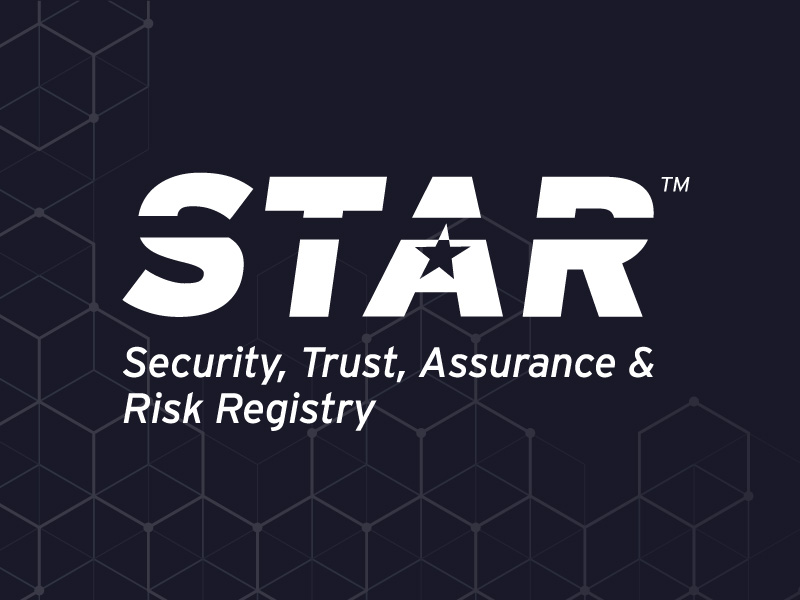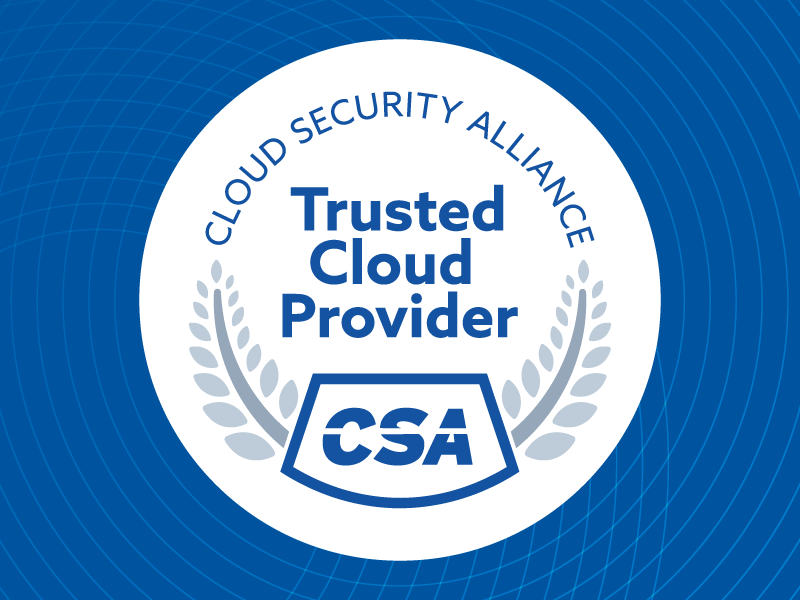Forging Robust Cloud Defenses for Modern Businesses
Published 04/23/2025
Originally published by Reemo.
Written by Florent Paret.
The wholesale adoption of cloud technology has become a cornerstone of digital transformation, empowering enterprises with unprecedented agility and scalability within today’s fiercely competitive landscape. Yet, this evolution introduces a labyrinth of security challenges demanding immediate and decisive action. Cloud-based services now constitute the lifeblood of business operations, underscoring the critical necessity of impregnable security protocols.
Data indicates that a staggering 82% of organizations have transitioned to cloud environments, aiming to bolster scalability, adaptability, and operational resilience. This shift has fundamentally reshaped IT operational paradigms, giving rise to hybrid and multi-cloud strategies. Nevertheless, a substantial 61% cite security and compliance vulnerabilities as the principal impediments to unhindered cloud integration.
At its core, enterprise cloud security comprises the suite of practices, protocols, policies, and controls dedicated to safeguarding digital assets within cloud ecosystems. This comprehensive security framework provides a bulwark against unauthorized access, data breaches, and a spectrum of cyber threats, ensuring the integrity and confidentiality of cloud-based systems, data, applications, and infrastructure.
The shared responsibility model where cloud providers secure the foundational infrastructure, while businesses manage their data, applications, and user access, introduces complexities and potential security gaps. These vulnerabilities frequently emerge from ambiguous delineations of responsibilities.
The current cloud landscape further compounds these challenges, as organizations juggle multiple providers across public, private, and hybrid environments, each necessitating bespoke security solutions. A critical deficit in cloud security expertise, as reported by 76% of organizations, hampers the deployment and management of intricate security architectures.
Evolving Threat Vectors in Cloud Environments
Cloud environments confront a distinct set of security threats, notably different from those encountered in traditional IT infrastructures:
- Configuration Anomalies: Elementary misconfigurations leave systems exposed.
- Identity and Access Lapses: Deficient authentication and excessive privileges heighten risks.
- API Vulnerabilities: Exposed interfaces and APIs serve as potential entry points.
- Data Compromises: Breaches and leaks expose sensitive data.
- Advanced Persistent Threats (APTs): Sophisticated, long-term cyber campaigns.
A mere 36% of organizations express confidence in their threat detection and response capabilities within their cloud environments. This visibility gap amplifies risks, particularly in intricate hybrid and multi-cloud deployments.
A layered security approach is essential to navigate these challenges. This includes robust access controls with multi-factor authentication, continuous monitoring, network segmentation, and robust data encryption, both in transit and at rest.
Centralized security management platforms, favored by 97% of respondents for their simplified policy administration, enhance visibility and ensure uniform enforcement, thus delivering detailed protection while mitigating complexity.
Cloud security now commands 35% of overall IT security budgets, with 63% of organizations planning further budget increases. These figures underscore the paramount importance of safeguarding cloud assets.
Guidelines from agencies like CISA and the NSA on topics such as identity management, encryption, and data security are invaluable tools to help improve overall cloud security.
Securing the Cloud:
Cloud environments, while offering scalability and efficiency, bring forth unique security challenges that demand rigorous solutions.
- Understanding Threats: The increasing attack surface due to remote work and hybrid cloud solutions, paired with threats like zero day exploits, increase cyber risk.
- Remote Access Risks: IAM issues, and unprotected end points, create security weaknesses.
- Security Best practices: Employing the zero trust method, strong encryption, and centralized management software increase security.
Organizations must prioritize integrated security strategies to stay ahead of evolving cyber threats. Encrypted remote access is a requirement, with zero trust strategies becoming best practices.
By 2025, prioritizing Zero Trust for distant access and cloud-based work applications, including containerized environments, becomes critical. This approach, with continuous verification, device posture checks, and resource isolation, minimizes risks and enables secure, agile operations. Effective cloud security, especially for distributed work and modern application architectures, defines business success in the evolving digital economy.
Unlock Cloud Security Insights
Subscribe to our newsletter for the latest expert trends and updates
Related Articles:
The Internet is a Single Point of Failure
Published: 11/21/2025
Implementing CCM: Threat & Vulnerability Management Controls
Published: 11/21/2025






.jpeg)

.jpeg)
.jpeg)